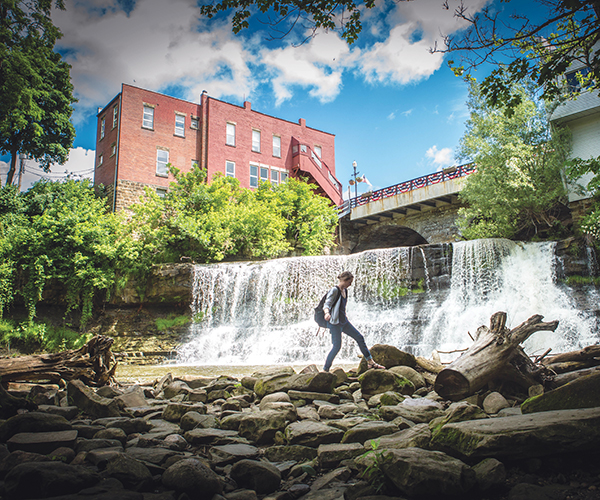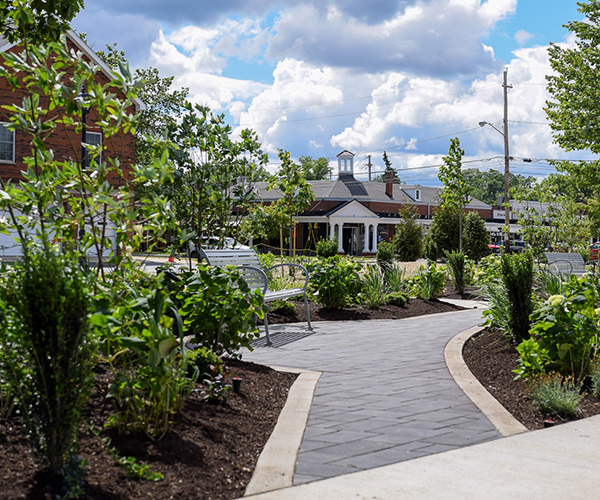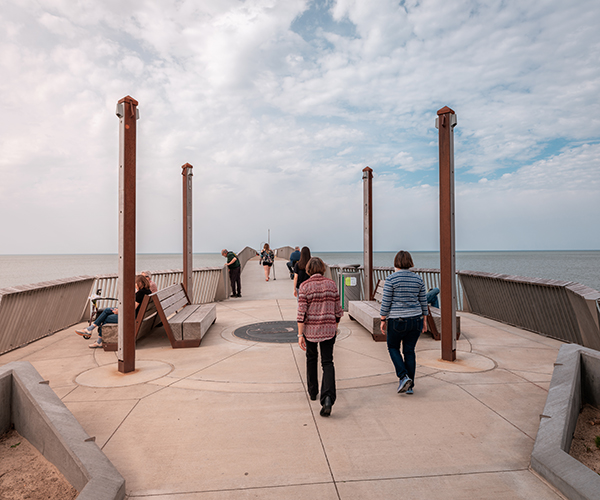Rating the Suburbs 2010 - Boomtown
A blend of new development and historic preservation has resulted in growth for this city.
Taylor J. Smith wants to make one thing clear from the start. “There isn’t necessarily any conflict between historic preservation and development,” says the 76-year-old president of the Avon Historical Society and a crusader for historic preservation in the town he’s called home since birth.
Smith is also the man who sold 75 of his acres for $7.5 million to the developers of Avon Commons, the city’s 800,000-square-foot shopping center. Yes, this guardian of Avon’s heritage held the door open for the boom while enforcing a spirit of balance that’s kept Avon from becoming developmentally generic.
“Development’s going to happen. Do you stand there and be stupid about it, or do you try to direct it into constructive channels?” Smith says. “There are certain ways to do things that can be obstructionist, and you end up with nothing in the end or a disaster.”
With easy Interstate 90 access, quality schools, a sustained small-town feel, and a balance of industrial, commercial and residential development, Avon has handled its boomtown status with style. Historic buildings blend with new storefronts, and local businesses such as Buck Hardware have survived not far from their big-box progeny.
“People are usually surprised by how many small businesses there are here,” Smith says. Many are owned by Avon residents.
This 20-square-mile suburb, once blanketed in a patchwork of farms, is now largely occupied by neighborhoods. The city has seen more than 2,700 housing starts in the past 10 years. Population has jumped more than 20 percent during the same period.
In addition to Avon Commons, which opened in 2000, Avon is also now home to a massive recreation complex that includes a Frontier League baseball stadium and the new French Creek YMCA. Next up is a $90 million Cleveland Clinic health campus scheduled to open in 2011 and an I-90 interchange at Nagel Road.
Smith says Avon’s newer arrivals are largely supportive of preserving the community’s heritage. “A developer can be convinced not to just bulldoze a building, but to incorporate it into their development,” he says. “The best way to preserve a building is to make sure there’s a viable business in it.”
■ North Ridgeville
The city, which is celebrating its bicentennial, has seen 3,798 new houses in the past 10 years. Empty nesters and young families have both been lured by its ranch homes and lower taxes. And even with all the building, there are places to play, like the Shade Drive Complex, which offers 13 baseball and softball diamonds.
■ Streetsboro
Those who haven’t been to Portage County’s second-largest city in the past decade would be surprised to see how many houses have cropped up (1,024) and the number of businesses that have staked claims along state Route 14, the city’s main drag.
<< Strongsville
The boom in this southwest suburb began in 1996 with the opening of SouthPark Mall and continues today with a new $20 million shopping plaza. The city is also developing an additional 169 acres of its 1,693-acre Strongsville Business & Technology Park, the largest industrial park in Northeast Ohio.
■ Westlake
Although its once-rapid housing growth tapered off between 2001 and 2008, culminating in just 12 housing starts last year, this West Side suburb barely resembles the city it was a generation ago — in a good way. The opening of Crocker Park in November 2004 gave the community both a focal point and a huge retail boost. // Miranda S. Miller
rating the suburbs
12:00 AM EST
May 27, 2010



